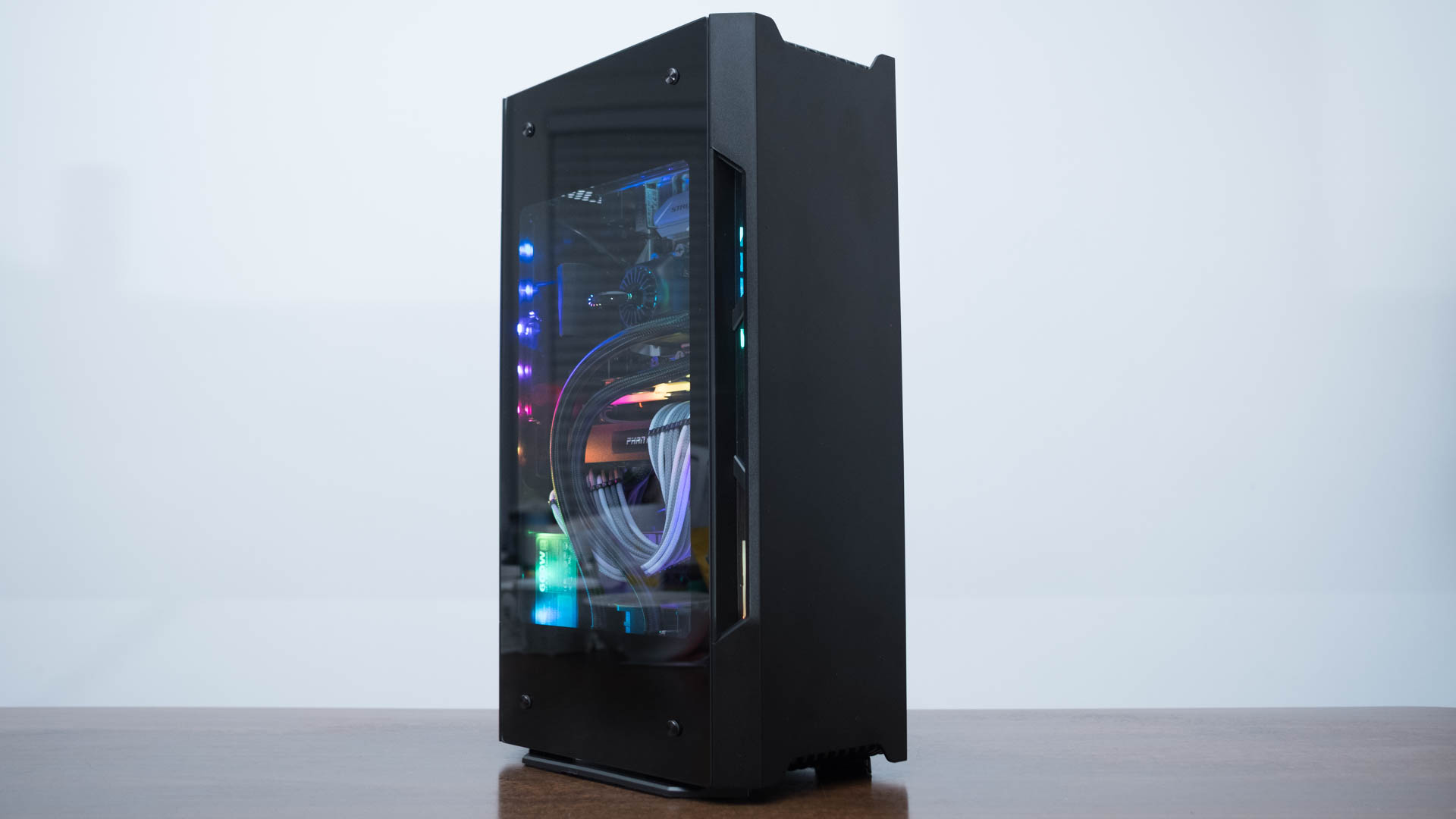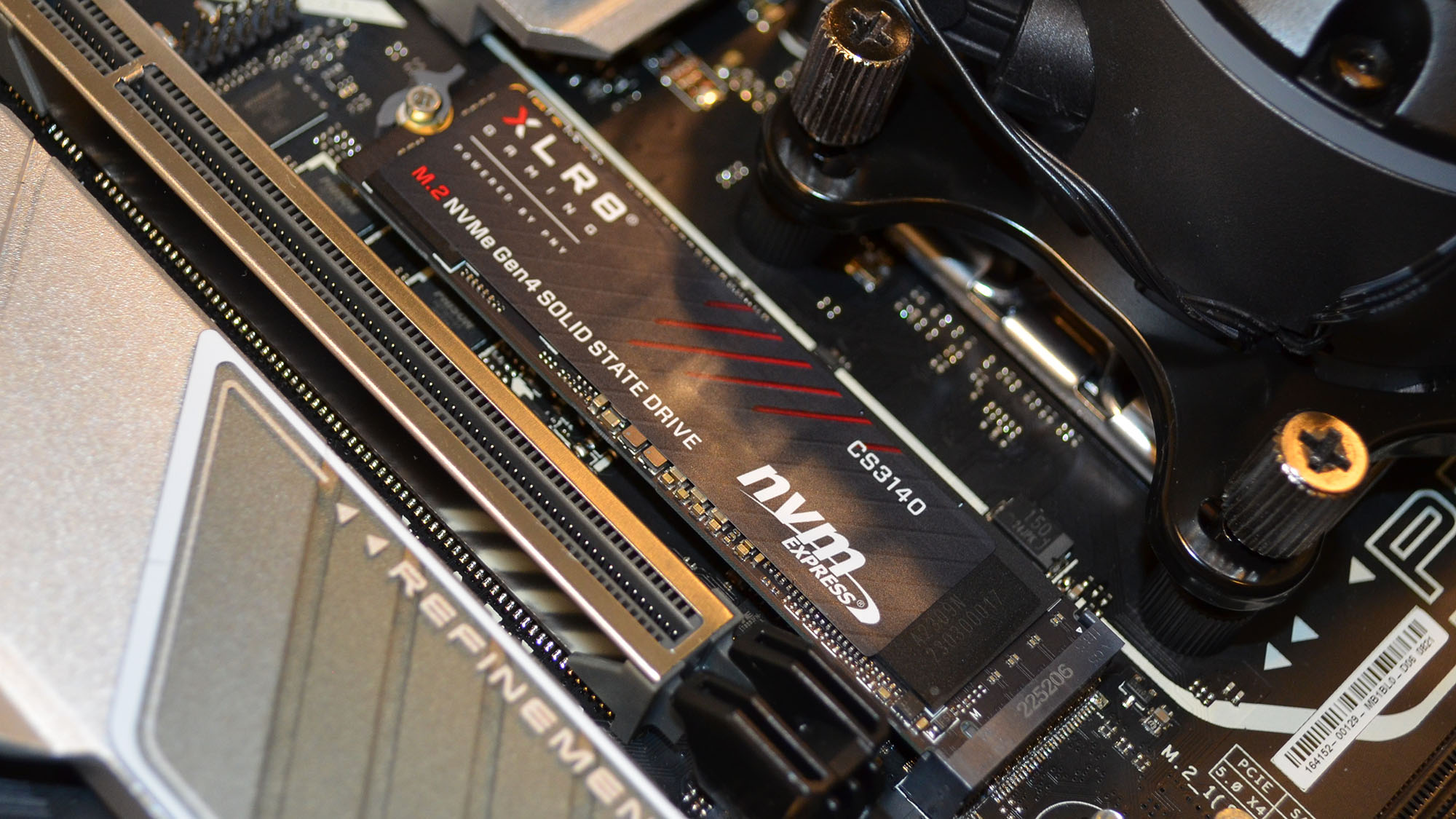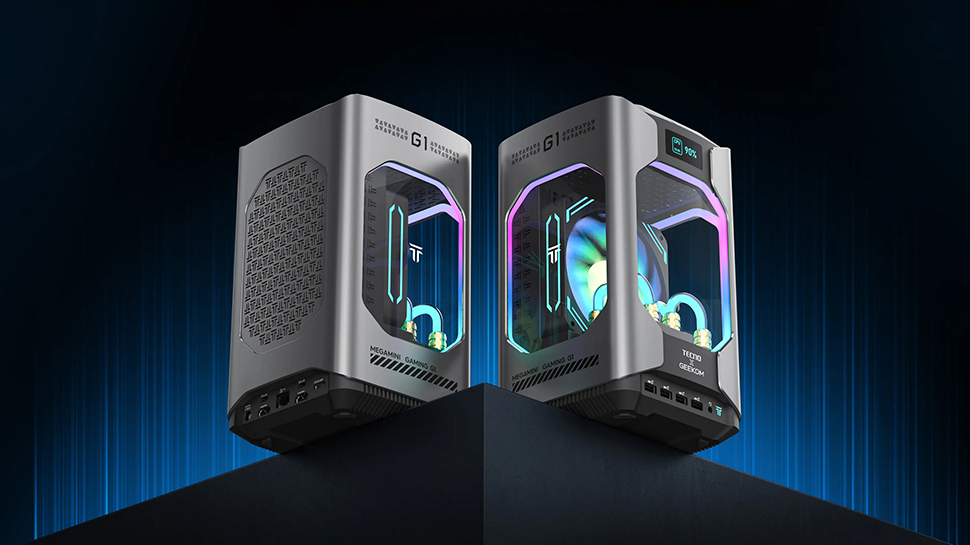It's time to put this debate to bed: ITX gaming PCs are the ultimate form factor

ITX has had a hell of a battle over the years.
It's a form factor that naturally draws quite a bit of ire depending on which side of the great PC gaming form-factor debate you sit. For those that love it, ITX and SFF machines are the stuff of legends. Intricately complex builds, ungodly power, and a real David-vs-Goliath kinda gaming rig.
For the full-tower fans, they're pointless, overly hot, and lack the full connectivity that you'd find in a more robust, balanced chassis and form factor.
For me, I 100% live life in that first category. In fact, I wouldn't have a career in hardware journalism if it weren't for building a machine inside of Bitfenix's now legendary Prodigy ITX gaming chassis from way back when in 2013 and showing it off to PC Format's editor back in the day.
It's not all been glamorous, of course. Motherboards have often been lacking, case design has been pretty terrible at times, and there are all manner of cooling and cabling problems that have needed to be overcome. But I honestly feel like we're in a position now that, technologically at least, ITX is in a place where for the vast majority of power users, there's no major difference between it and a big boy build.
The challenges of building in compact cases
That's the big thing too: a lot of the problems that ITX initially faced, even less than a decade ago, stemmed from how we managed hardware.
For instance, ATX builds once used to be able to house multiple graphics cards running in SLI or Crossfire, but over time that was whittled down to just two cards, until finally, with Nvidia's 30 series, support was removed entirely.
Sign up for breaking news, reviews, opinion, top tech deals, and more.
There's no major difference between running an RTX 5090 in an ITX build than there is in a full E-ATX setup, and in fact, you'll notice that pretty much every motherboard now only comes with a single (usually reinforced by some "armor" or gimmick) PCIe x16 slot up top for the graphics card. But just one.

Then there's the M.2 conundrum, and again, ITX used to be massively disadvantaged here as well.
Yet similarly, as NAND density has increased and cost decreased, along with some clever and quite intuitive raised PCBs and M.2 slot designs, it's quite easy to find ITX motherboards with two or even three M.2 slots.
Combine that with one of the best SSD you can get your hands on for your OS drive and a nice chunky backup SSD for your secondary storage, and once again, you're already well-equipped to compete with larger mid-tower cases for the vast majority of people.
I could go on, but the fact is that ITX today, from cases to coolers to the hardware we use, is really nowhere near as limited as it used to be. Even processor performance, with auto-turbo galore, isn't exactly held back anymore. But the question remains: Why bother? What's the point? Why do I care so much?
Power in small packages
It matters because ITX represents that defining principle of modern-day technology of the last 30 years. In my lifetime, I've seen tech shrink and become more powerful time and time again. It might be because I'm a short(ish) fellow, but there's something quite admirable I find about a tiny but mighty build.
That Moore's Law-esque power creep, or the sleeper build housing ungodly performance in a form factor that could fit in an entertainment center in a living room. It's like rocking up to a drag race with a seemingly clapped-out VW Caddy Mk1, only to know you've got a 500-horsepower engine under the hood. It has that vibe, and I love it.

Over the years, I've built countless PCs and published hundreds of build logs, pursuing all manner of hardware launches and gimmicky headlines designed to entice the reader in pushing the limit of what's possible with off-the-shelf hardware. And time and time again, the builds that stick with me aren't the crazy $10,000 dream machines or the full-fledged RTX 5090 E-ATX monsters; no, it's the ITX ones.
Don't get me wrong, I'm screaming at them each and every time I build them as I struggle with cable management or liquid-cooling runs, but deep down, I love that form factor more than anything else. And if you haven't given it a shot and are looking for a PC building challenge, and a rig that not only delivers on the performance but also takes up a fraction of the space, I highly recommend giving it a go.
You might also like...

Zak is one of TechRadar's multi-faceted freelance tech journalists. He's written for an absolute plethora of tech publications over the years and has worked for Techradar on and off since 2015. Most famously, Zak led Maximum PC as its Editor-in-Chief from 2020 through to the end of 2021, having worked his way up from Staff Writer. Zak currently writes for Maximum PC, TechRadar, PCGamesN, and Trusted Reviews. He also had a stint working as Corsair's Public Relations Specialist in the UK, which has given him a particularly good insight into the inner workings of larger companies in the industry. He left in 2023, coming back to journalism once more. When he's not building PCs, reviewing hardware, or gaming, you can often find Zak working at his local coffee shop as First Barista, or out in the Wye Valley shooting American Flat Bows.
You must confirm your public display name before commenting
Please logout and then login again, you will then be prompted to enter your display name.